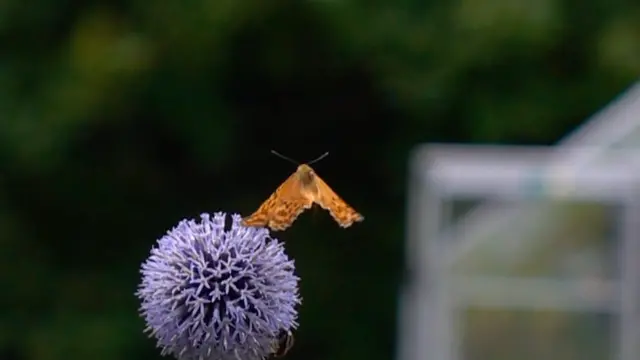Scientists believe they have finally cracked the mystery of how butterflies fly despite their "unusually short, broad and large wings" compared to their body size.
A new study published in the Journal of the Royal Society finds that the key is not in the downstroke, when the butterflies' wings push them forward, but in the upstroke when the wings clap together.
"When the wings clap together at the end of upstroke the air between the wings is pressed out, creating a jet, pushing the animal in the opposite direction," the researchers say.
The theory about wing claps to explain butterfly flight was first proposed in the 1970s but has only just been proven by Swedish scientists at Lund University.
The researchers caught six wild butterflies in the meadows around Stensoffa, in southern Sweden, and analysed how these butterflies flew using powerful high-speed video cameras and a wind tunnel.
The researchers also examined what role the creature's flexible wings had in forming the cupped shape which enabled this jet to thrust them forward by developing mechanical clappers.
One of the two sets of clappers was rigid while the other was flexible, similar to the butterfly wings.
They found the flexible wings significantly increased the force of the clap and improved the efficiency of the wingbeat by 28% - an enormous improvement for a flying animal.
"Our measurements show that the impulse created by the flexible wings is 22% higher and the efficiency 28% better compared to if the wings had been rigid," said author Dr Christoffer Johansson.
"That the wings are cupped when butterflies clap them together, makes the wing stroke much more effective," said biology researcher Dr Per Henningsson, who studied the butterflies' aerodynamics with Dr Johansson.
"It is an elegant mechanism that is far more advanced than we imagined, and it is fascinating. The butterflies benefit from the technique when they have to take off quickly to escape from predators," Dr Henningsson added.
 简体中文
简体中文












